Workers at the Vatican have set up a basic stove inside the Sistine Chapel where the ballots will be incinerated during the forthcoming conclave to choose a new pontiff.
On Saturday, the Holy See published a video showing the preparations for the conclave scheduled for May 7. The footage depicted the installation of a stove and a temporary flooring within the fresco-adorned Sistine Chapel to facilitate the process further.
The video also displayed workers arranging modest wooden tables where the cardinals will be seated and will cast their ballots on Wednesday, alongside a slope leading to the primary seating section designed for any cardinal who uses a wheelchair.
On Friday, firefighters could be observed atop the chapel’s roof affixing the chimney through which smoke signals will signify whether a new pope has been chosen.
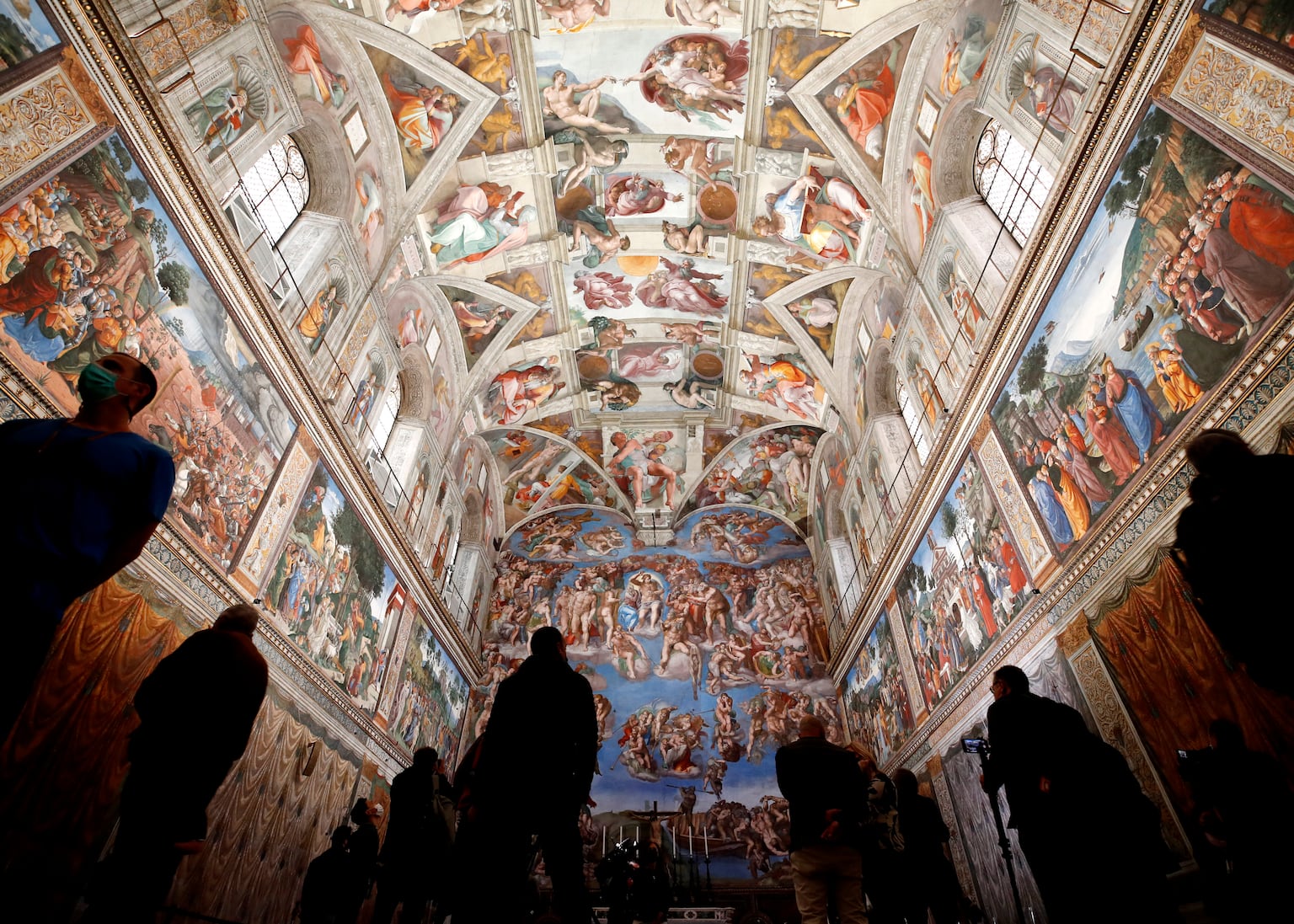
All the arrangements are building up to the dignified ceremony marking the beginning of the conclave aimed at choosing a new leader following the death of Pope Francis, the first Latin American pope, who passed away on April 21 at the age of 88.
On Wednesday morning, the day starts with a Mass at St. Peter’s Basilica led by the dean of the College of Cardinals, Cardinal Giovanni Battista Re. Following this, the cardinal electors will be isolated from the outside world.
Later today, they will march into the Sistine Chapel, listen to a meditation, swear their oaths, and then proceed with their initial votes.
Currently, around 133 cardinals are anticipated to participate in the conclave. Should no candidate secure the required two-thirds majority, which equates to at least 89 votes, after the initial round of balloting, the ballots will be incinerated with black smoke signaling globally that a new pope has not been chosen yet.
The cardinals will retreat to their lodging at the Vatican for the evening and come back to the Sistine Chapel on Thursday morning to carry out two ballots in the forenoon and another pair in the afternoon, continuing this process until they have selected a victor.
Following every second round of voting, the ballot papers are incinerated in the furnace.
In case no pope is elected, the voting papers are combined with cartridges filled with potassium perchlorate, anthracene—a substance found in coal tar—and sulfur to generate black smoke through the chimney. Should a candidate secure enough votes, the ballots are instead mixed with potassium chlorate, lactose, and chloroform resin to create white smoke signaling the successful outcome.
On March 13, 2013, after five rounds of voting, white smoke emerged from the chimney. Shortly thereafter, Cardinal Jorge Mario Bergoglio was presented to the public as Pope Francis from the balcony of St. Peter’s Basilica.
The arrangements are currently underway as the cardinals hold private meetings in less formal gatherings to talk about the future requirements of the Catholic Church and the kind of pope needed to guide it.

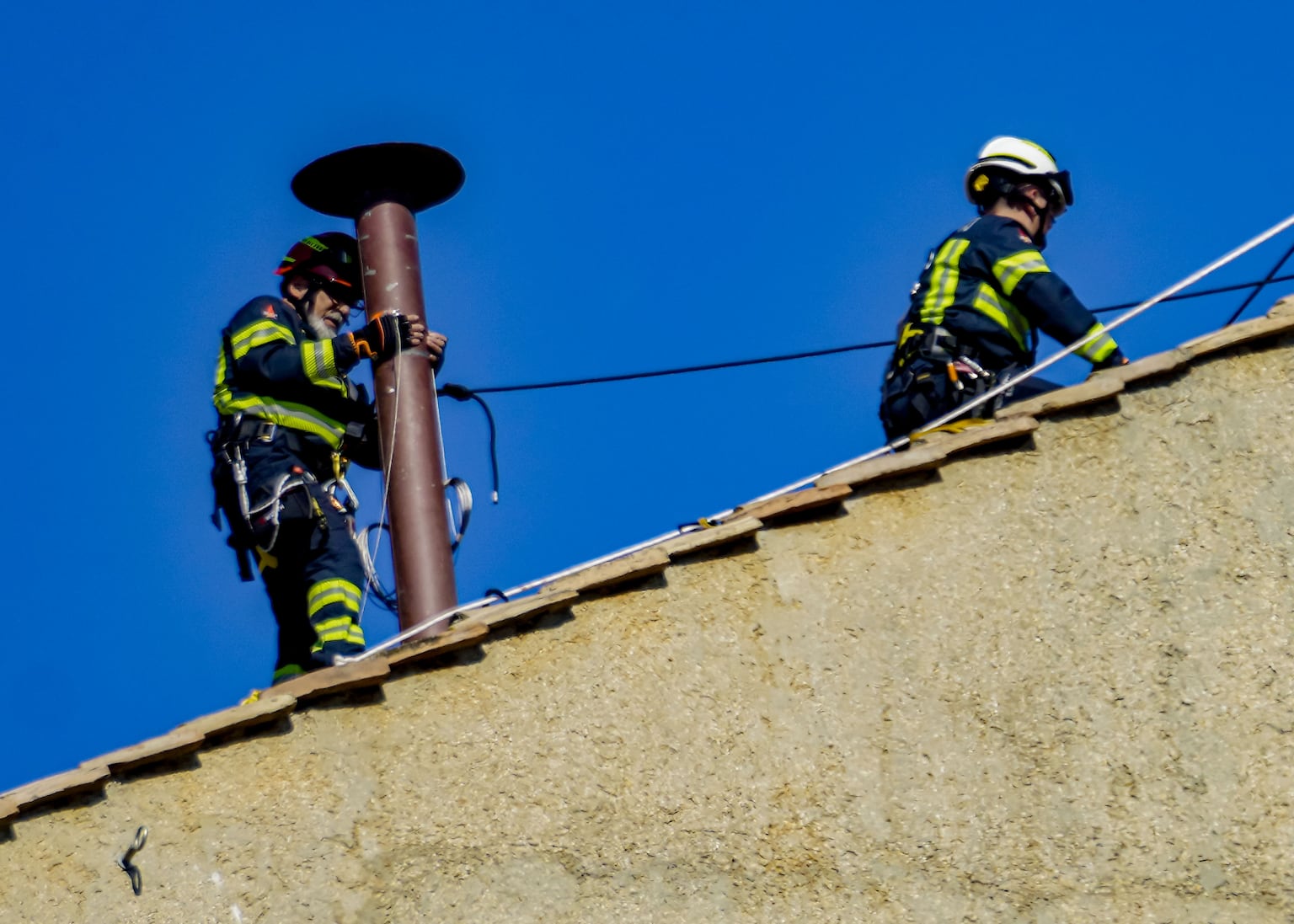
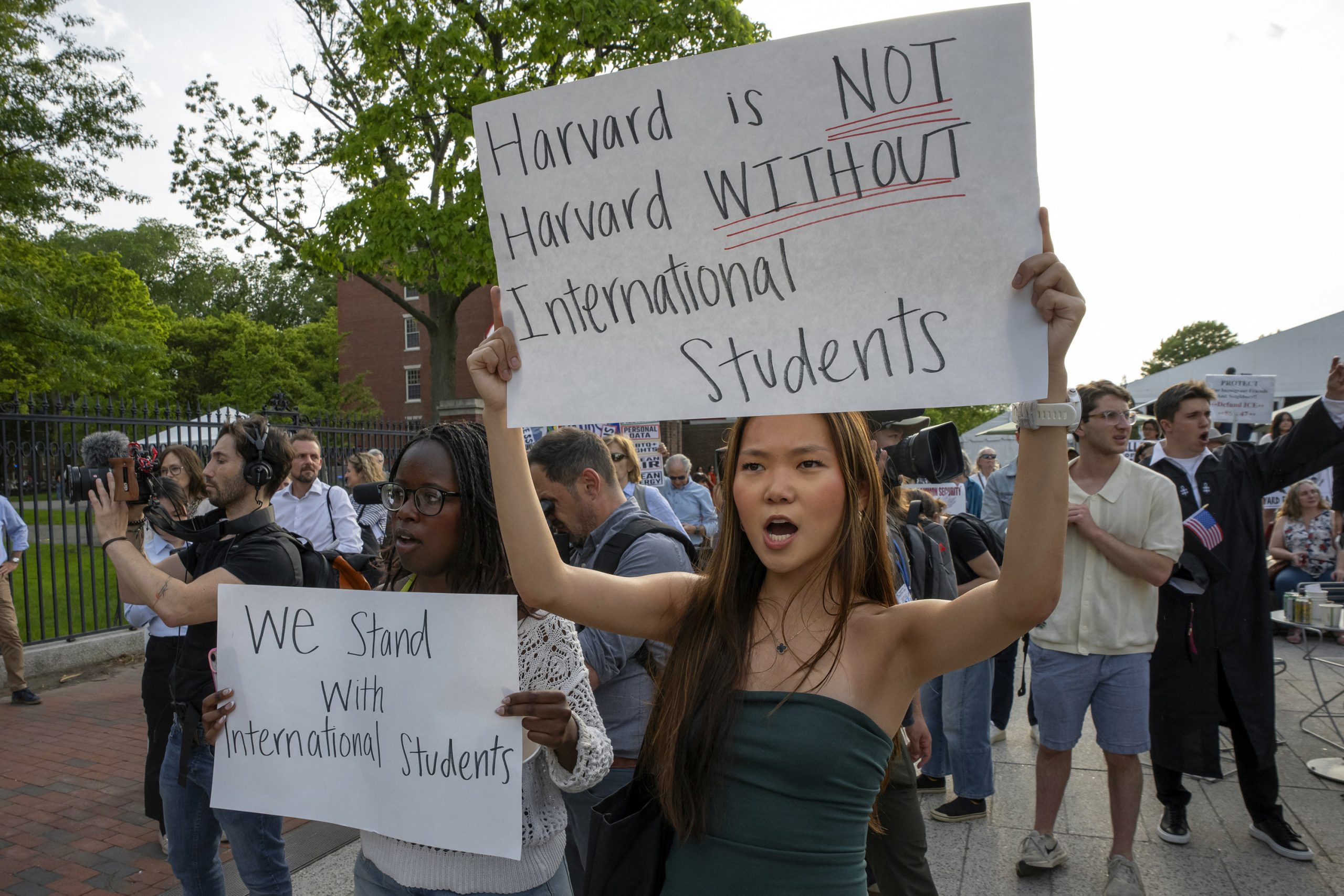
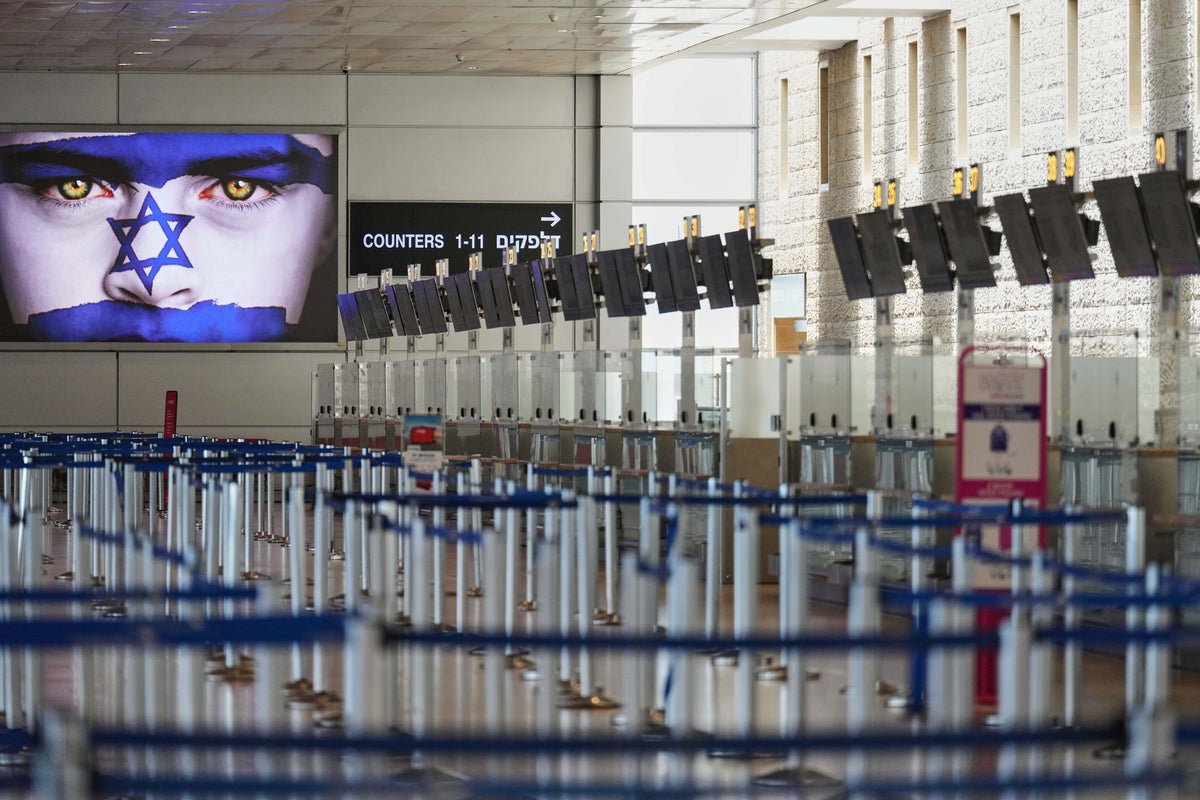
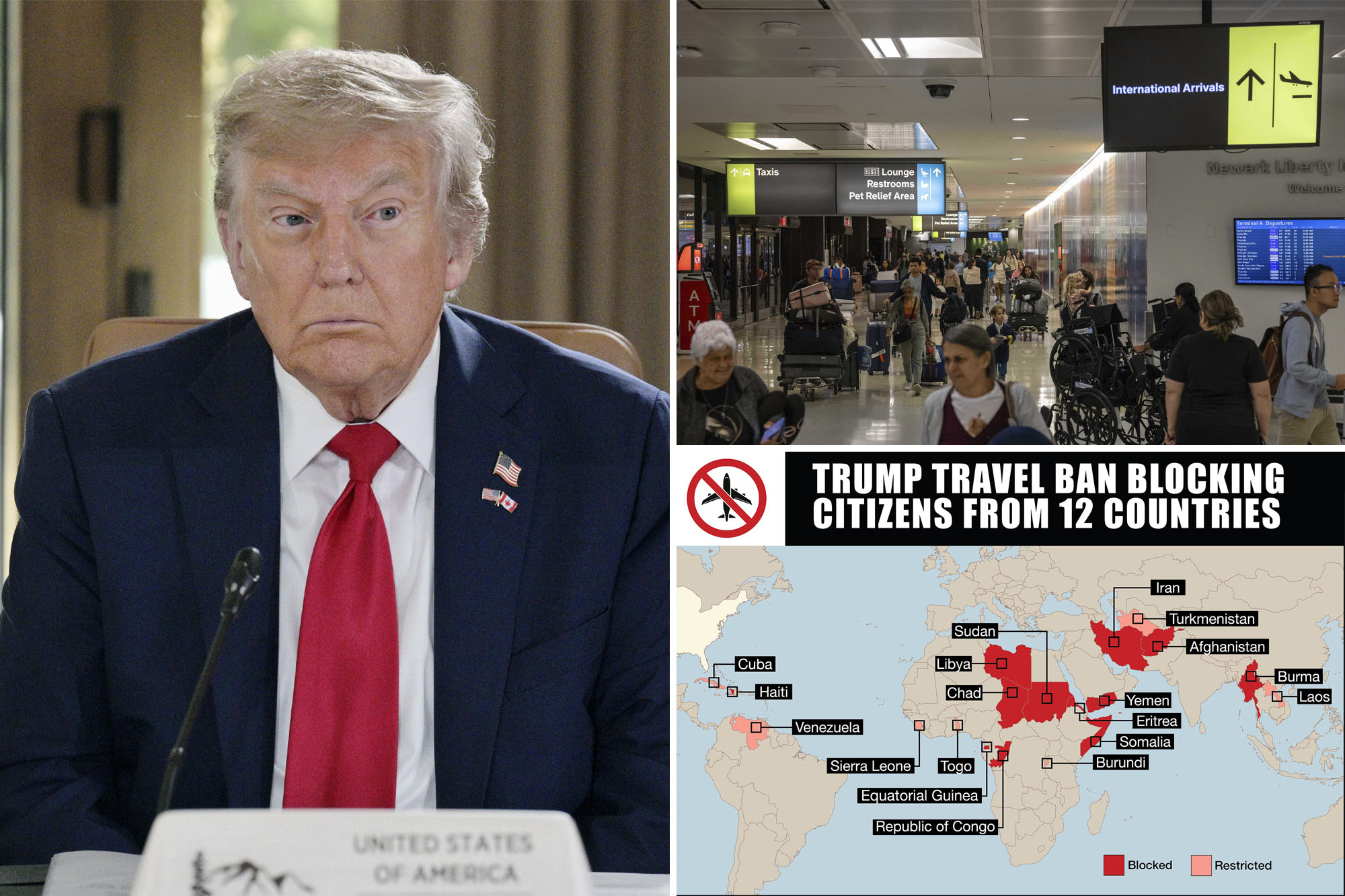
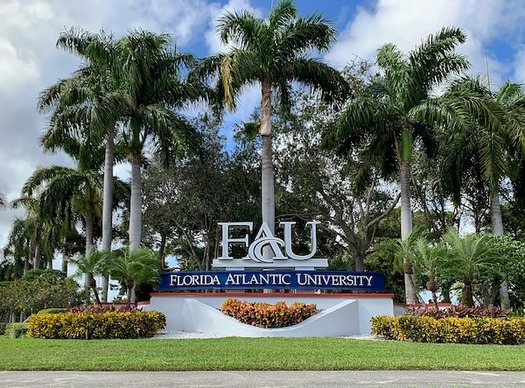


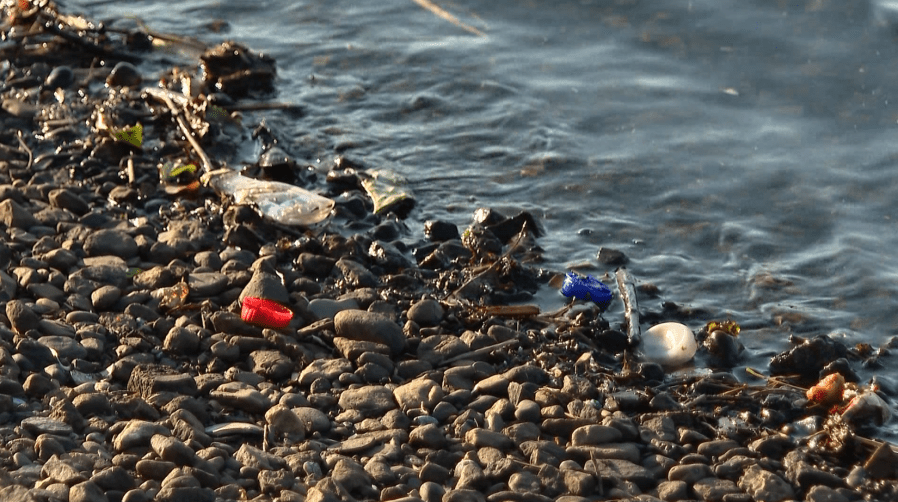
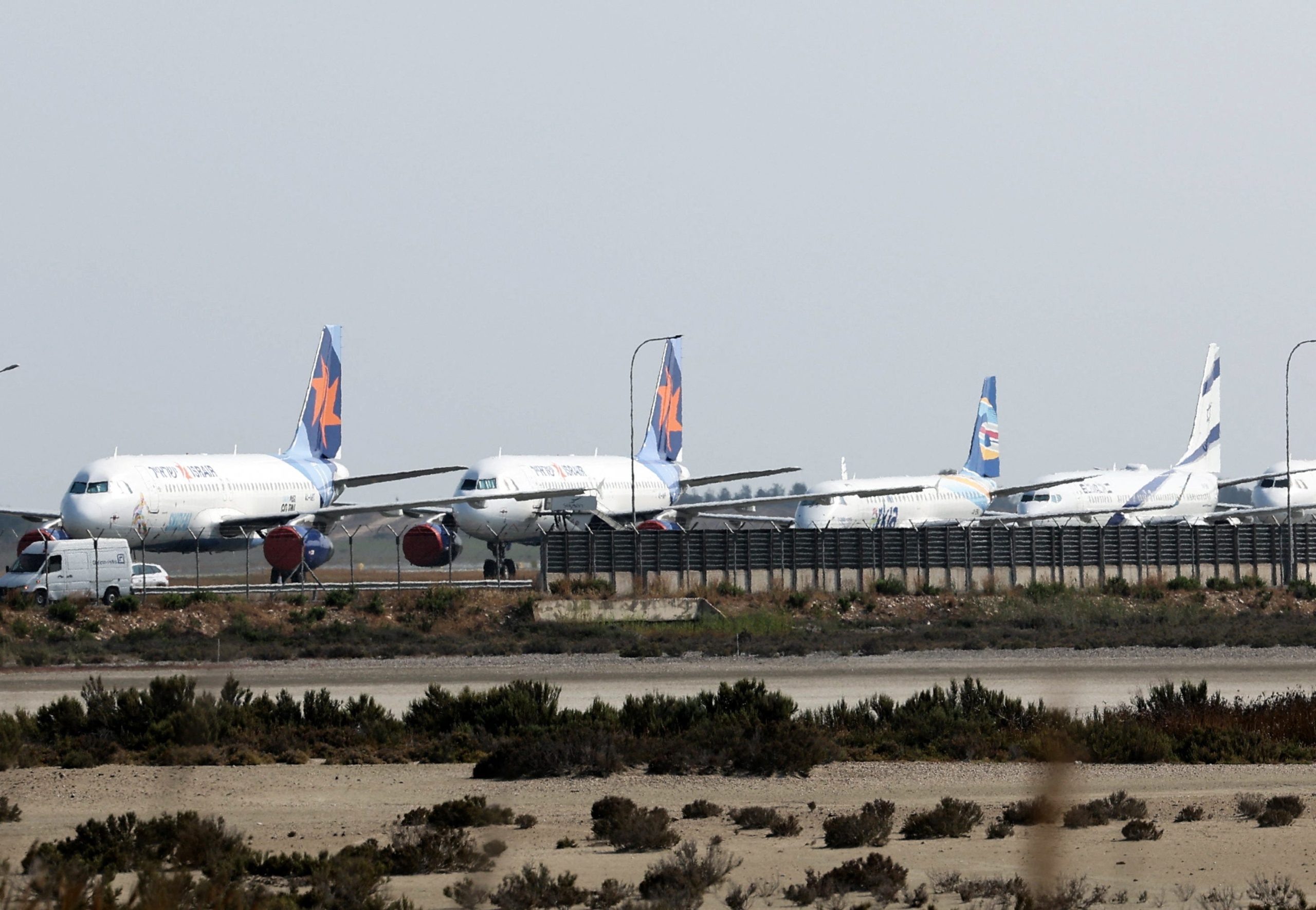
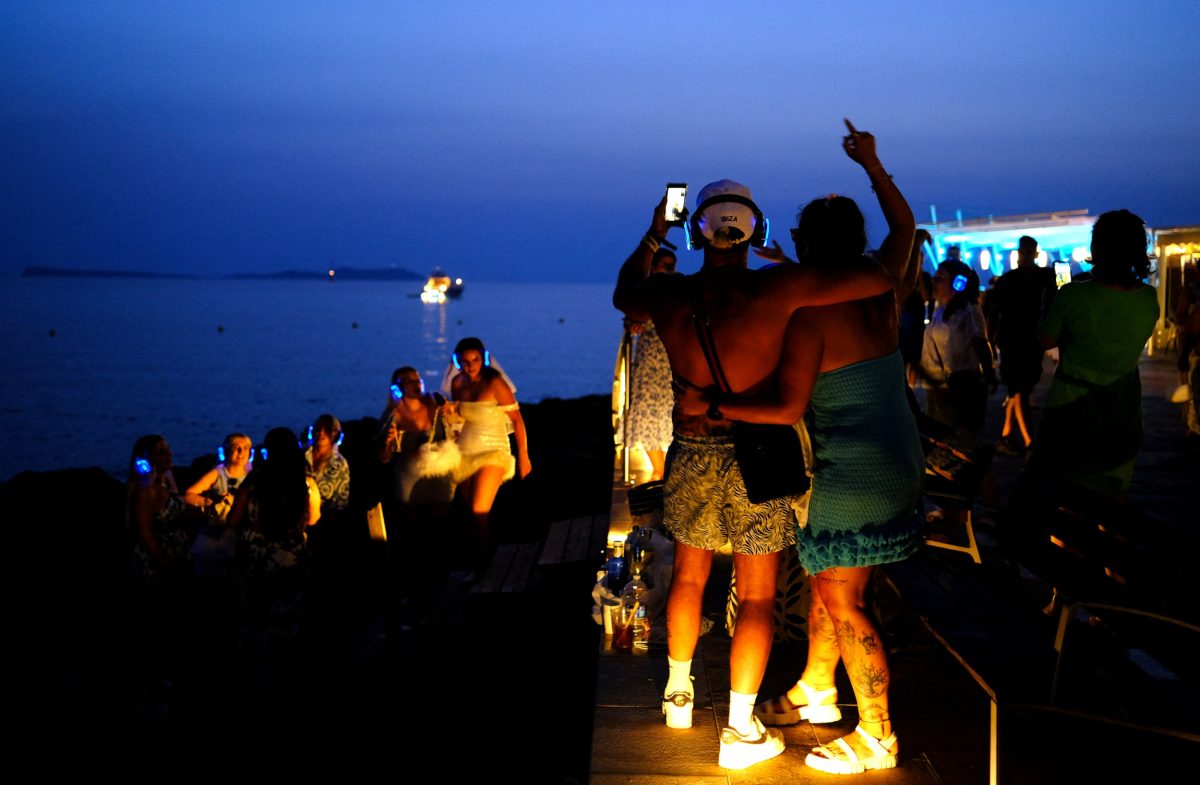
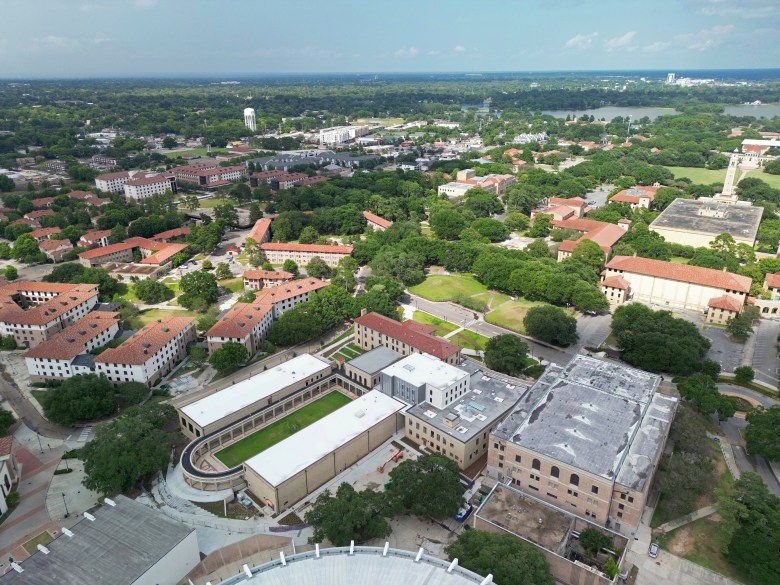
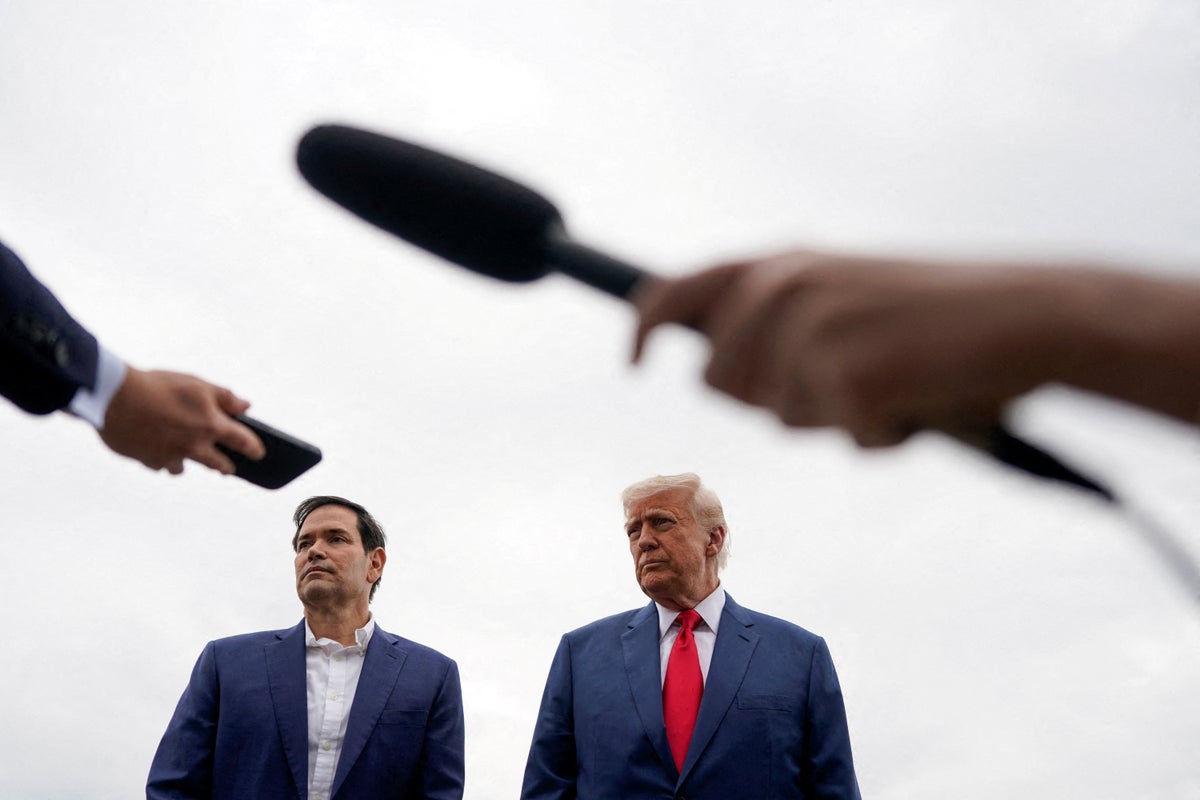

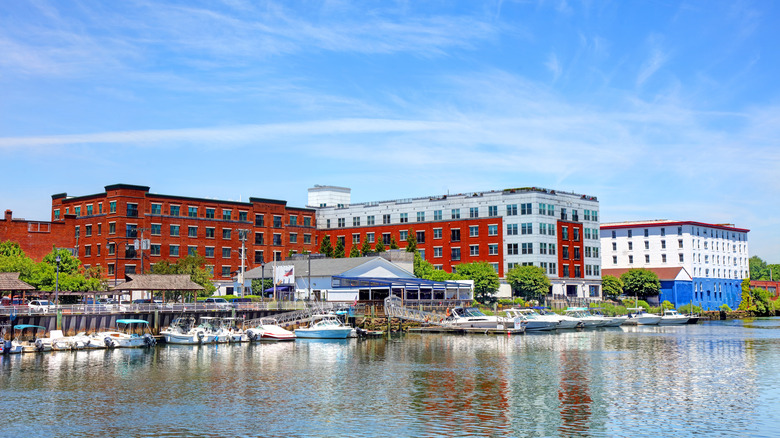


Leave a Reply